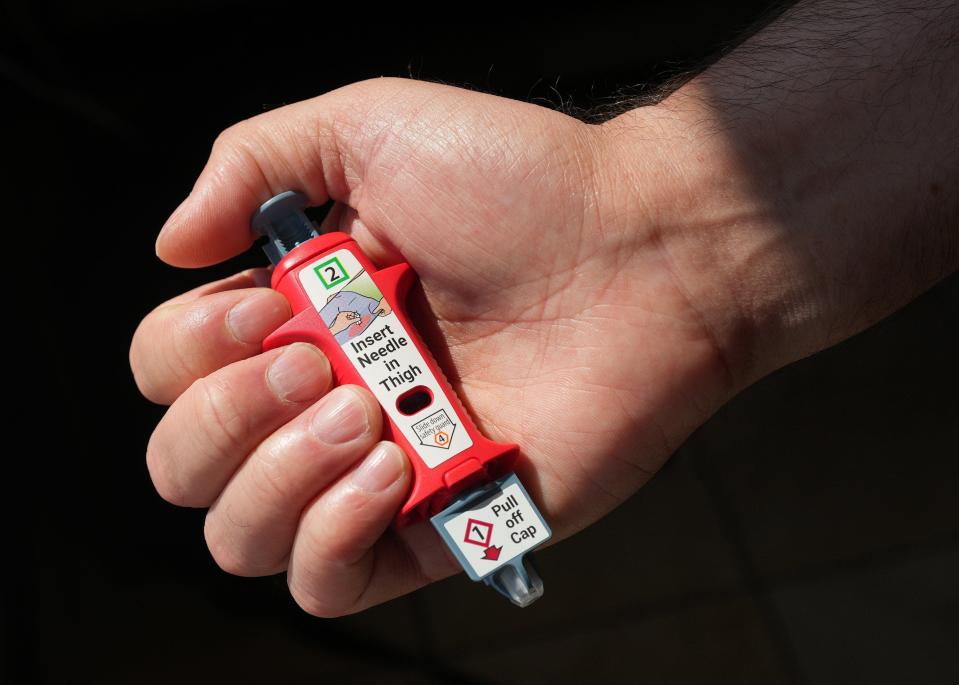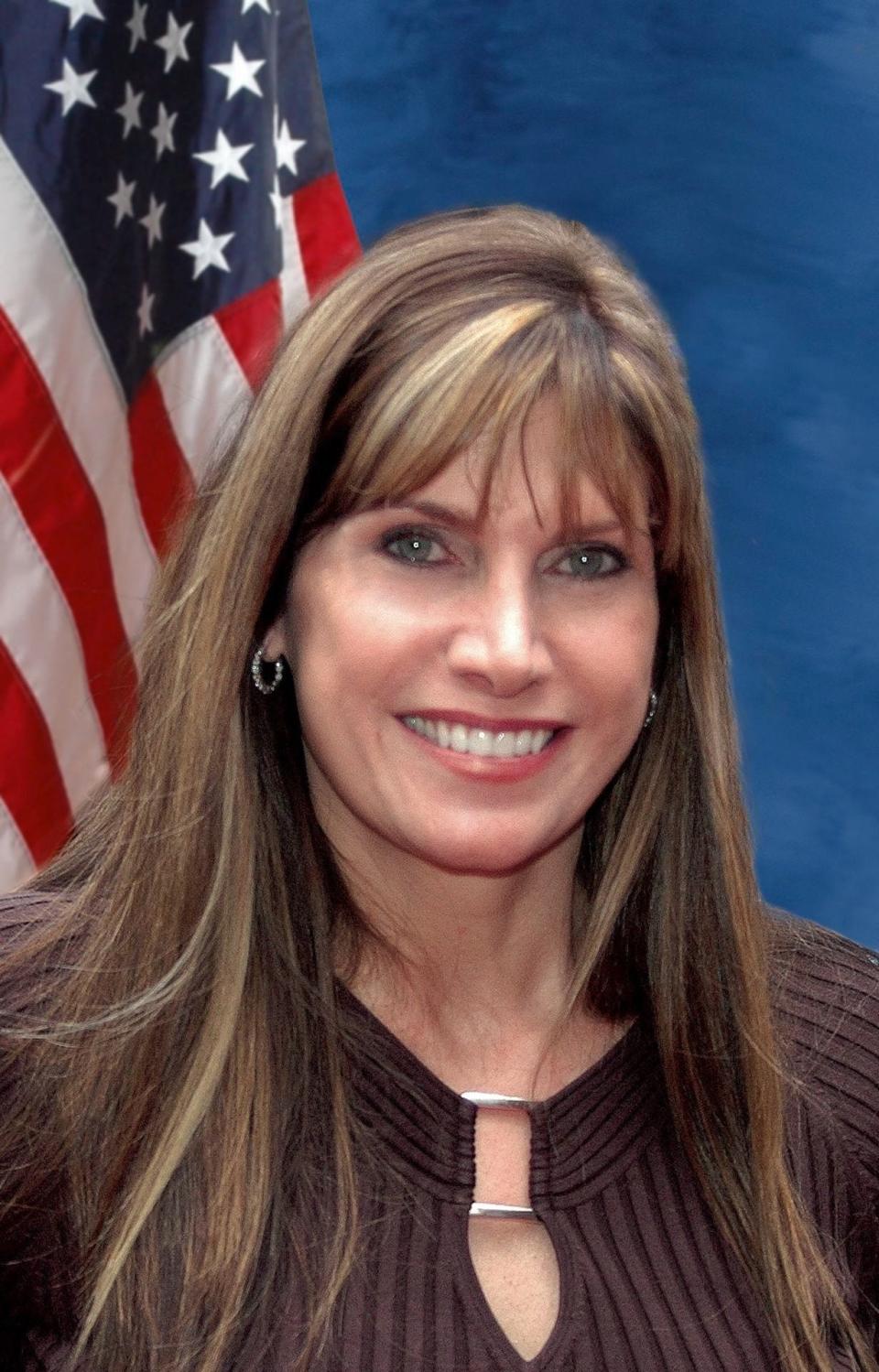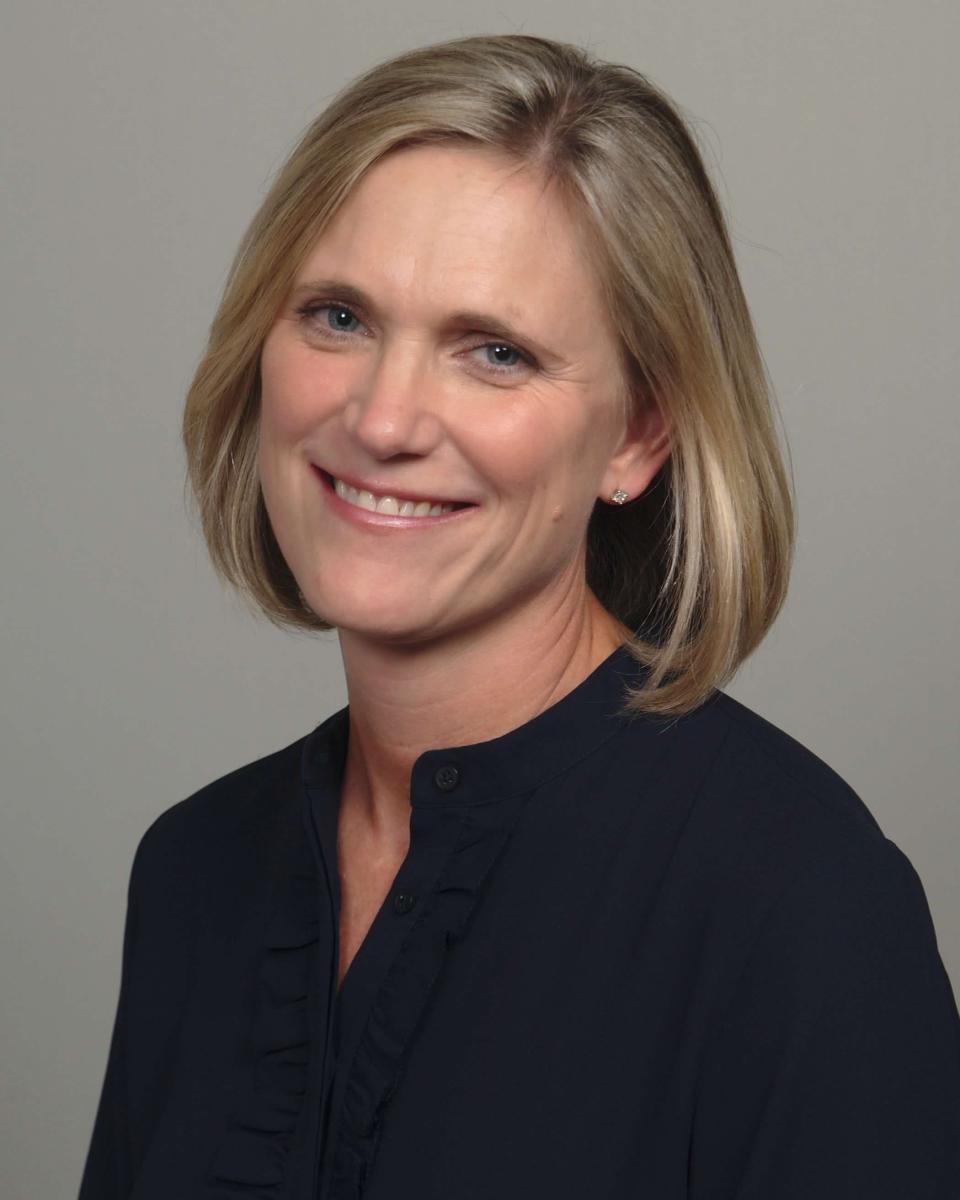Letting students carry naloxone in schools will protect Tennessee children | Opinion
No student should have to walk into school with the fear of losing a classmate to an accidental overdose. Yet many of our nation’s kids have faced that reality as the growing fentanyl and opioid crises devastate schools, families and communities. Just last month in Tennessee, two teenage girls were found dead of drug overdoses in the parking lot of a Fayette County high school, hours before graduation ceremonies.
The tragedies of such events in and around schools are only made more devastating because we know how to protect students and individuals of all ages from letting an overdose become fatal. In addition to efforts to prevent overdoses, access to opioid overdose reversal medications such as naloxone is key to combatting the effects of the opioid epidemic in schools and communities.
States have taken significant steps forward to expand access to this medication for patients at the doctor’s office, for consumers at the pharmacy, and other at-risk populations in the ER and prisons. Now it’s time to allow America’s students to carry naloxone. Let’s equip them with this lifesaving tool.
Hear more Tennessee Voices: Get the weekly opinion newsletter for insightful and thought provoking columns.
Only a tiny number of schools allow naxalone
An opioid crisis supercharged by fentanyl is putting our kids in severe danger. According to CDC estimates, communities in more than 30 jurisdictions lost 1,808 adolescents to a fatal overdose from July 2019 to December 2021. Naloxone can reverse the effects of an overdose and revive someone who we might otherwise lose forever.

A safe and easy-to-use medication that is administered by nasal spray or injection, naloxone is more widely available today than ever thanks to a commitment from federal and state policymakers to equip patients, at-risk communities, and bystanders. Most recently, the U.S. Food and Drug Administration approved over-the-counter (OTC) naloxone.
But only a tiny percentage of school districts allow students to carry this potentially lifesaving medication. We’ve heard from CPR-certified students in Colorado who feel a personal responsibility to be able to save a fellow classmate. In a cardiac event, any student who is CPR trained can be a lifesaver in an emergency. Students should be just as equipped to respond in an emergency overdose situation because they are often closer to their peers than teachers, administrators and part-time school nurses.
At the recent American Medical Association (AMA) meeting in Chicago, delegates debated a resolution in support of making naloxone more available in schools, including to students. Students have been dying from overdoses in high school bathrooms, and expecting nurses to reach them all in time “is just fanciful,” Dr. Ken Certa, a Philadelphia psychiatrist, was quoted as saying.
Sign up for Latino Tennessee Voices newsletter:Read compelling stories for and with the Latino community in Tennessee.
New legislation would make access easier
Fortunately, states and the federal government have started to build on existing efforts to find solutions that increase access to naloxone in schools.

In Congress, Reps. Dave Joyce, R-Ohio, and Dean Phillips, D-Minn., introduced the School Access to Naloxone Act, which would provide federal grants to help local districts buy and store naloxone for use by trained professionals. At the state level, the Los Angeles Unified School District (LAUSD) put forth a policy in February to allow students to carry naloxone at school.
Similar policies have been adopted in Alexandria, Virginia, and Montgomery County, Maryland, coupled with training on how to use naloxone. In Colorado, Durango students are now allowed to carry school-distributed naloxone at school; students pushed for the change after a 2021 tragedy at a home in La Plata County.
Sign up for Black Tennessee Voices newsletter:Read compelling columns by Black writers from across Tennessee.
This is a proven way to curb the fentanyl crisis
While we should commend those who are working to expand naloxone access in schools, there is more to do. Students will be able to obtain OTC naloxone at a local pharmacy or from entities such as public health departments and non-profit organizations, and we must ensure that school policies don’t prevent students from being prepared in an emergency.
Opponents of making Narcan accessible to students argue that it enables drug use. The reality is, students are using drugs, often without knowing that they are laced with deadly fentanyl. Once someone dies, nothing more can be done to help that person.

Allowing students to carry naloxone won’t solve the fentanyl crisis, but it’s an important way to curb the effects of the crisis and protect our nation’s children from the harms of opioid overdose.
Former congresswoman Mary Bono, R-California, is board chairman of Mothers Against Prescription Drug Abuse (MAPDA). Allison Fox, who serves as MAPDA’s board treasurer, is a management consultant to federal agencies and held executive positions in the District of Columbia public schools.
This article originally appeared on Nashville Tennessean: Let students carry naloxone in schools to protect Tennessee children

